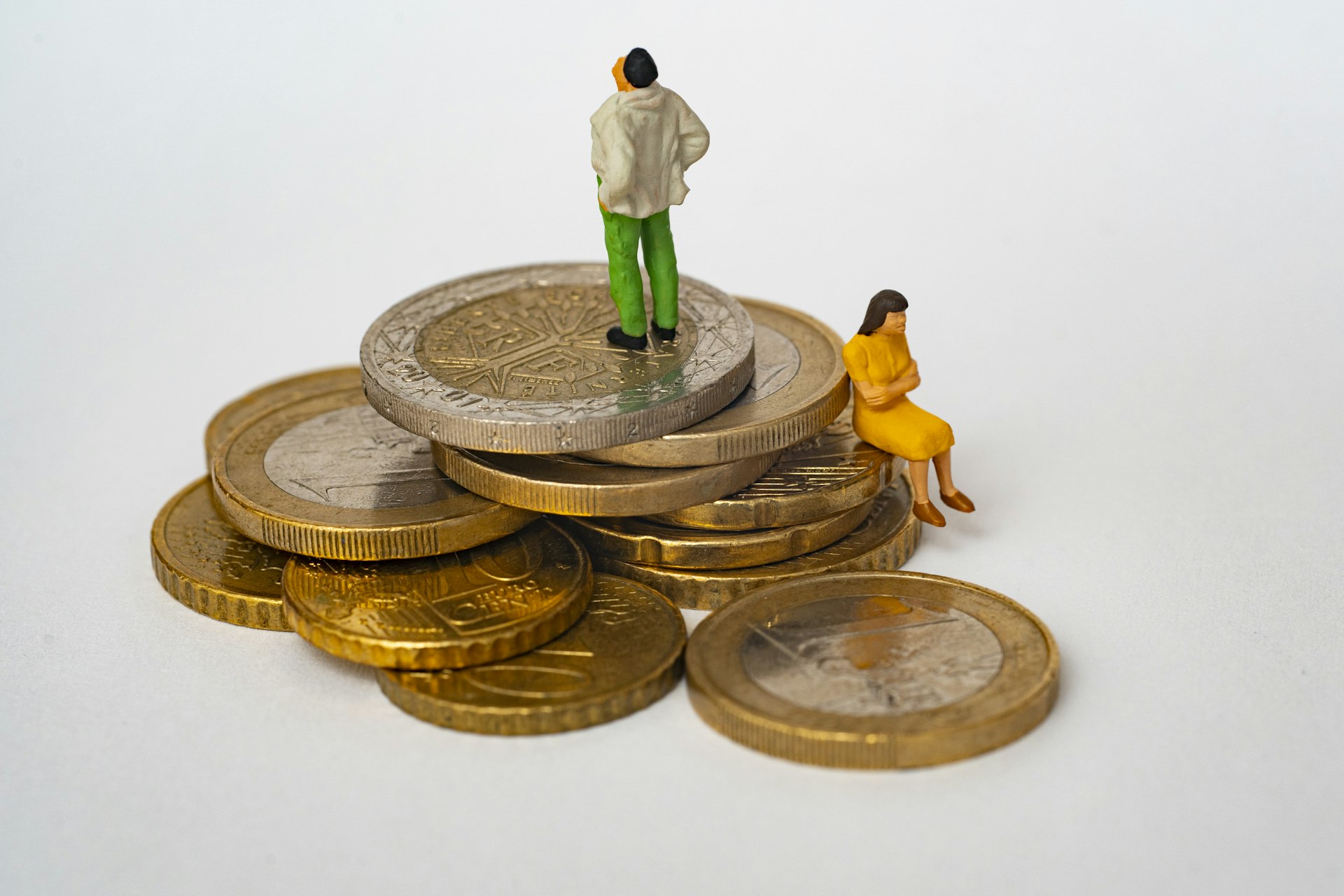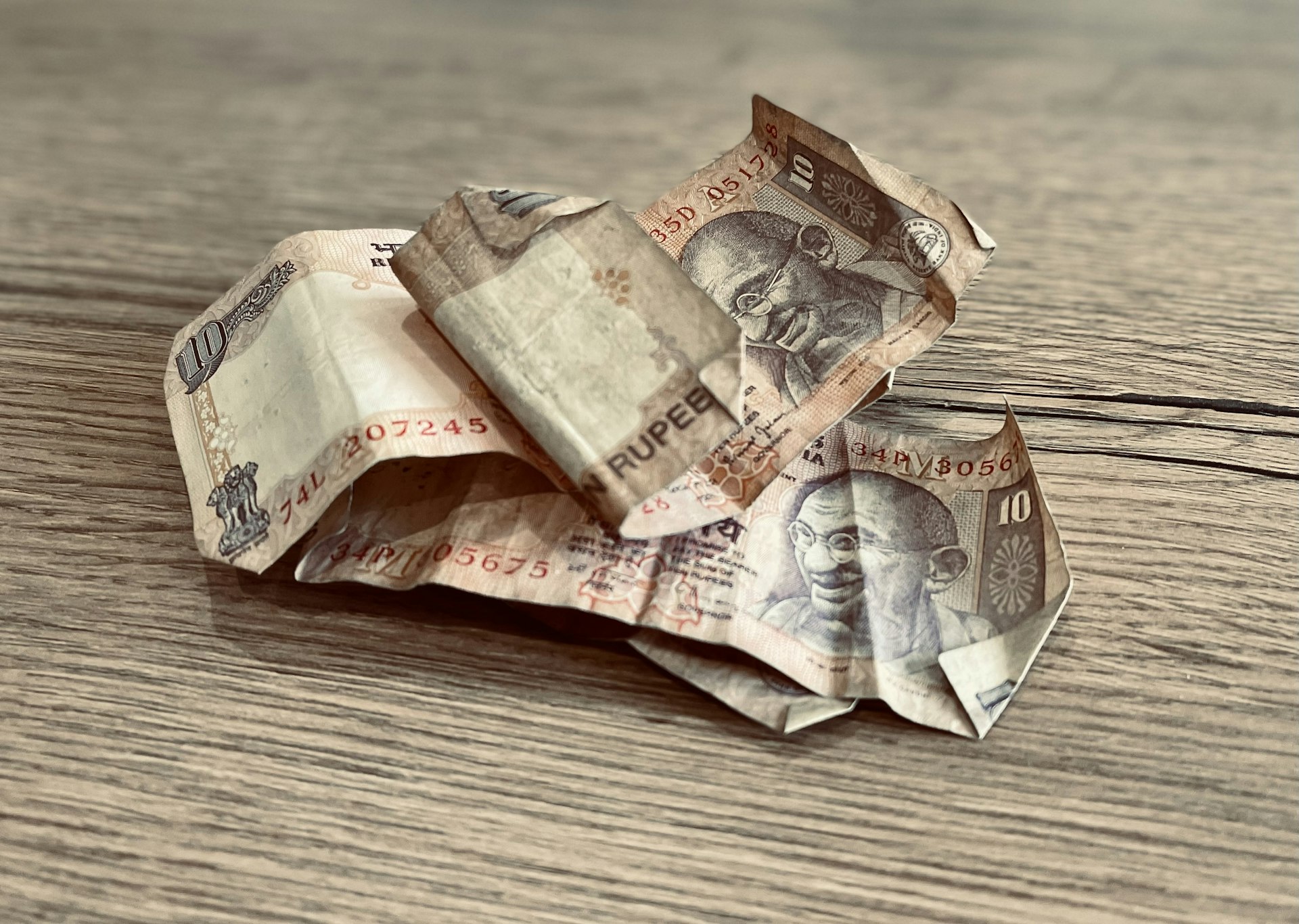Unlocking the Power of Blockchain in Cross-Border Payments: Speed, Security, and Global Access

Photo by Phillip Flores on Unsplash
Introduction: The New Age of Global Transactions
International payments have long been plagued by high fees, slow processing, and limited accessibility, especially for those outside major banking networks. Blockchain technology has emerged as a transformative solution, revolutionizing cross-border payments by offering faster settlements, lower costs, enhanced security, and greater transparency. This article provides a comprehensive overview of the tangible benefits of blockchain in cross-border payments, actionable steps for businesses and individuals, and a clear guide to accessing these innovations.
Faster Settlement Times: Real-Time Global Transfers
Traditional cross-border payments often take several days to complete due to the involvement of multiple banks and intermediaries, each with their own verification and settlement processes. Blockchain technology eliminates these inefficiencies by enabling peer-to-peer transfers on a decentralized network. Transactions can be processed within minutes or even seconds, regardless of the sender’s or recipient’s location. This real-time capability is available 24/7/365, removing business hour restrictions and holiday delays [1] [2] .
For example, a small business owner in Sri Lanka can send payments to a supplier in Canada directly using a blockchain-based platform. This transaction is completed almost instantly, compared to the days or weeks required by traditional bank transfers [2] .
Implementation Guidance: To utilize these faster settlement times, individuals and businesses can open accounts with reputable crypto wallets or blockchain payment providers. After a brief compliance check (such as KYC verification), funds can be transferred across borders in minutes. Many providers offer step-by-step onboarding for new users; search for established services with positive reviews and regulatory compliance.
Cost Efficiency: Reducing Fees and Overheads
One of the most significant advantages of blockchain in cross-border payments is the drastic reduction in transaction costs. Traditional international transfers involve multiple intermediaries-correspondent banks, clearinghouses, and payment processors-each charging their own fees. Blockchain removes many of these layers, allowing for straight-through processing and lower overall costs [1] [2] .
Research indicates that the deployment of blockchain for cross-border settlement could generate cost savings exceeding 3,000% by 2030 [1] . While blockchain networks may incur variable “gas fees,” these are often far less than the cumulative charges of traditional wire transfers, especially for large or frequent transactions.
Action Steps: To benefit from these cost savings, users should compare blockchain-based payment platforms and assess their fee structures. Look for services that offer transparent pricing and consider using stablecoins (cryptocurrencies pegged to fiat value) to further minimize volatility and conversion costs. For enterprise solutions, consult with payment providers specializing in B2B blockchain settlements.
Enhanced Security: Immutable and Tamper-Resistant Transactions
Security is a core feature of blockchain technology. Transactions are recorded on an immutable ledger, meaning once a payment is made and confirmed, it cannot be altered or deleted without the consensus of the network. This structure makes fraudulent manipulation extremely difficult [1] [2] .
Advanced cryptographic techniques, such as public-private key encryption and multi-signature authorization, further protect users’ funds and data. Smart contracts-self-executing agreements encoded on the blockchain-can automate compliance and fraud detection, reducing human error and manual intervention [3] .
How to Access Secure Payments: To maximize security, users should select blockchain wallets and payment platforms with robust security certifications and user protections. Always enable two-factor authentication and store private keys securely offline. For high-value or business transactions, consult with providers offering insurance or guarantee mechanisms.
Transparency and Automated Record-Keeping
Blockchain’s decentralized ledger ensures that every transaction is recorded and visible to all participants in the network. This transparency minimizes the risk of fraud and enables all parties to independently verify payments. Automated, tamper-proof records are invaluable for audits and regulatory compliance, particularly for businesses operating across multiple jurisdictions [2] [3] .
For example, companies can automate financial reporting and tax filings by integrating blockchain payment records directly into their accounting systems. This reduces manual errors, streamlines compliance, and provides a clear audit trail for regulators or partners.
Implementation Guidance: Businesses can integrate blockchain-friendly accounting software or APIs that synchronize transaction data in real time. Individuals can download transaction histories from their payment platforms for personal record-keeping or tax preparation.
Accessibility and Financial Inclusion
Blockchain empowers anyone with an internet connection to participate in cross-border payments, regardless of their access to traditional banking services [4] . This is especially valuable for individuals in developing regions or countries with underdeveloped financial infrastructure.
By reducing reliance on banks, blockchain enables unbanked and underbanked populations to send, receive, and store value globally. Businesses can reach new markets where traditional financial services are expensive or unavailable, tapping into a broader customer base [5] .
Actionable Steps: To access these benefits, individuals should research mobile-based crypto wallets or payment apps compatible with their local currency and regulations. Businesses can consult global payment providers and inquire about blockchain-compatible solutions for expanding into new markets.
Reduced Errors and Automated Processes
Traditional cross-border payments often suffer from manual data entry errors, delayed reconciliation, and inconsistent record-keeping. Blockchain automates these processes via smart contracts and immutable ledgers, ensuring that payments are executed exactly as agreed and reducing the likelihood of discrepancies [4] .
For instance, a smart contract can be programmed to release payment only once agreed-upon conditions are met, such as delivery confirmation or milestone completion. This provides additional assurance to both parties and reduces administrative overhead.
How to Implement: Businesses should work with blockchain developers or payment providers to customize smart contracts for their unique transaction workflows. For smaller transactions, many consumer-focused payment apps offer preset smart contract templates.
Real-World Applications and Case Studies
Blockchain-enabled cross-border payments are already in use across various industries:
- Remittances: Migrant workers can send money home instantly and affordably, bypassing high-fee remittance services [5] .
- B2B Payments: Companies with global suppliers or customers benefit from rapid, cost-effective settlements and simplified compliance.
- Crowdfunding and Charity: Decentralized blockchain platforms allow donors worldwide to contribute directly to projects, ensuring transparency and accountability [5] .
These examples highlight the broad applicability and growing adoption of blockchain solutions in real-world payment scenarios.
Potential Challenges and Alternative Approaches
Despite its advantages, blockchain-based payments do face challenges. Cryptocurrency price volatility can affect the value of transfers, though using stablecoins can mitigate this risk. Regulatory uncertainty in some jurisdictions may limit adoption, and not all recipients may be equipped to receive blockchain payments. Transaction fees (“gas fees”) can spike during network congestion, though they are often still lower than traditional transfer fees [2] .
Alternative Approaches: Users can consider hybrid solutions that combine blockchain for settlement with traditional banking for local disbursement. Consulting with payment providers about local compliance requirements and stablecoin options can further reduce risks and friction.
Step-by-Step Guide to Accessing Blockchain Cross-Border Payments
- Research Reputable Payment Providers: Start by searching for established blockchain payment services. Look for regulatory compliance, positive user reviews, and transparent fee structures.
- Open an Account: Sign up with the provider and complete any required identity verification (KYC).
- Fund Your Account: Deposit funds using a compatible method (bank transfer, card, or crypto).
- Initiate Payment: Enter the recipient’s details (public wallet address or linked account) and the amount to transfer.
- Confirm and Track: Review transaction details, confirm payment, and use the provider’s dashboard to track settlement in real time.
- Download Records: For accounting and compliance, download transaction histories and receipts as needed.
If you need more guidance, consider contacting the customer support teams of the payment services you’re evaluating. For businesses, a consultation with a blockchain payment specialist may be valuable for integrating solutions at scale.

Photo by Shubham Dhage on Unsplash
Summary and Key Takeaways
Blockchain technology offers a new paradigm for cross-border payments, delivering near-instant settlements, lower costs, enhanced security, transparent record-keeping, and expanded financial inclusion. Whether you are an individual seeking affordable remittance solutions or a business expanding into new markets, blockchain provides actionable pathways to streamline international transactions. For the most current options and regulations, search for established blockchain payment providers and stay updated with industry news from recognized sources.
References
- [1] Thunes (2024). How Blockchain Revolutionises Cross-Border Payments.
- [2] Crypto for Innovation (2024). What are Cross-Border Payments and How Does Blockchain Make Them Better?
- [3] ScienceSoft (2025). Blockchain for Cross-Border Payments in 2025.
- [4] Webisoft (2025). Blockchain Cross Border Payments: Ultimate Guide for 2025.
- [5] BVNK (2025). Blockchain in Cross-Border Payments: 2025 Guide.
MORE FROM smartsavingsfinder.com













